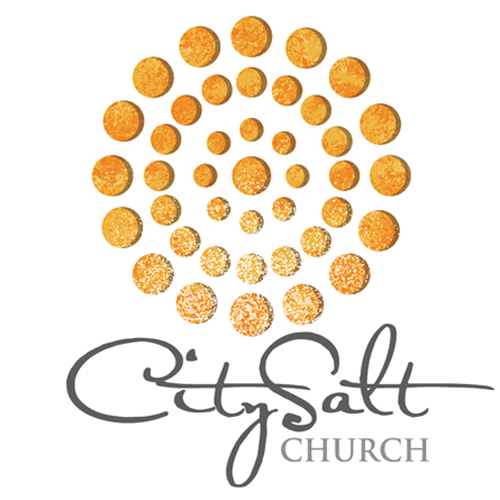One of the best salads I’ve ever eaten was a salad that originated at a restaurant in Scottsdale, Arizona called the ORIGINAL CHOPPED SALAD (the salad has a Facebook fan page if you want to look it up!). It consists of an unlikely and surprising combination of ingredients:
Smoked salmon
Israeli couscous
Arugula
A mix of dried black currants, pepitas and grated asiago cheese
Freeze-dried corn
Diced tomatoes
A buttermilk-pesto dressing
I would never ever think of eating this combination of ingredients! By themselves I don’t think any of them would taste very good, and my initial thought of eating all these together in one bowl was, “Gross!!!” But, let me tell you, one taste and I was hooked. To my amazement, all those flavors tossed together tasted wonderful! There was an unexpected unity in them that I could never have imagined.
In his book, A Fellowship of Differents, Scot McKnight uses the metaphor of a tossed salad to talk about how the church, as God intends it, is a collective of people with a lot of differences (backgrounds, social locations, ethnicities, genders, languages, etc.) coming together with a common transcendent purpose. In our coming together, just like all the flavors in the original chopped salad, the whole is much greater (more beautiful, more tasty, more exciting) than the individual parts.
I love this imagery. God is a culinary artist who has the knowledge and perspective needed to concoct unexpectedly wonderful flavor combinations. The Holy Spirit is God’s appointed chef who puts all the ingredients together however she sees fit. And us humans, in all our variation, are the ingredients God uses to create these amazing flavors.
I think this is also a helpful metaphor for thinking about unity in the church. Unity does not achieve its best flavors in a local church community when one or more of the parts are overpowered by the others. That would be like taking a beautiful mixed salad and dumping ranch all over it! Unity, in a church as God intends it, is achieved through all the parts fully expressing themselves.
This is the kind of unity that we see present in the earliest days of the church. In Acts 2, on the Day of Pentecost, people gathered in an upper room in Jerusalem “from every nation under heaven.” As the Holy Spirit moved in the room, they began to hear sounds and words that they did not expect. They heard the wonders of God declared in their own native languages. Beyond anyone’s wildest predictions, the Holy Spirit determined that God’s wonders would be expressed, not through one person or language, but through many. Although the scene was chaotic (some thought they were all drunk!), it was a scene of profound and deep unity as all of the diversity present was channeled toward a single purpose through the power of the Holy Spirit.
I recently read a book that captured this point well:
“The Spirit of Pentecost works through many tongues and many voices, some of those we would expect and a goodly number of people we might not otherwise include. One Lord, one baptism, one body made up of many different parts. The unity is in the diversity, and it is not for one part to silence either the voice or priorities of the others. The work of God is not ours to control. Where the Spirit works, we must listen.”
Patrick Oden and Peter Goodwin Heltzel, The Dialogic Evangelical Theology of Veli-Matti Kärkkäinen: Exploring the Work of God in a Diverse Church and a Pluralistic World (Lanham, MD: Fortress Academic, 2022), 3.
There is a kind of unity that we might be able to achieve by simply avoiding situations, conversations and decisions where we disagree with one another. But this is not the kind of unity that the Spirit of God wants to create. The unity that the Holy Spirit moves us toward is a unity in and through the various expressions of our diversity. It is not a unity we can achieve by playing it safe or keeping things under tight control. It is a unity that only comes to those who willingly enter the risky and uncharted spaces of listening and being together, with new and different people, for the sake of a new kind of community that God wants to create.
I wonder what new and wonderful flavor combinations might the Holy Spirit be preparing for us to enjoy together if we will: 1) make intentionally safe spaces for different people to gather, 2) humbly and confidently testify to the wonders of God through our unique stories, 3) carefully listen to and receive the testimonies of others, and 4) trust that the Holy Spirit is creating something new and wonderful through the whole process beyond what we can imagine?
About the Author
Aaron is a passionate seeker of God and truth, and he enjoys encouraging others in their own pursuits of the same. He especially likes to think about how God is at work in the most ordinary and mundane aspects of our existence. He loves going on adventures to new places with his wife, Heather, and four kids and his perfect day would involve an excellent cup of coffee (or two!), a hike to somewhere beautiful and serene, and some good conversation over a pint at a warm pub. He currently serves as an adjunct instructor at Portland Seminary and a licensed minister in The Foursquare Church.






